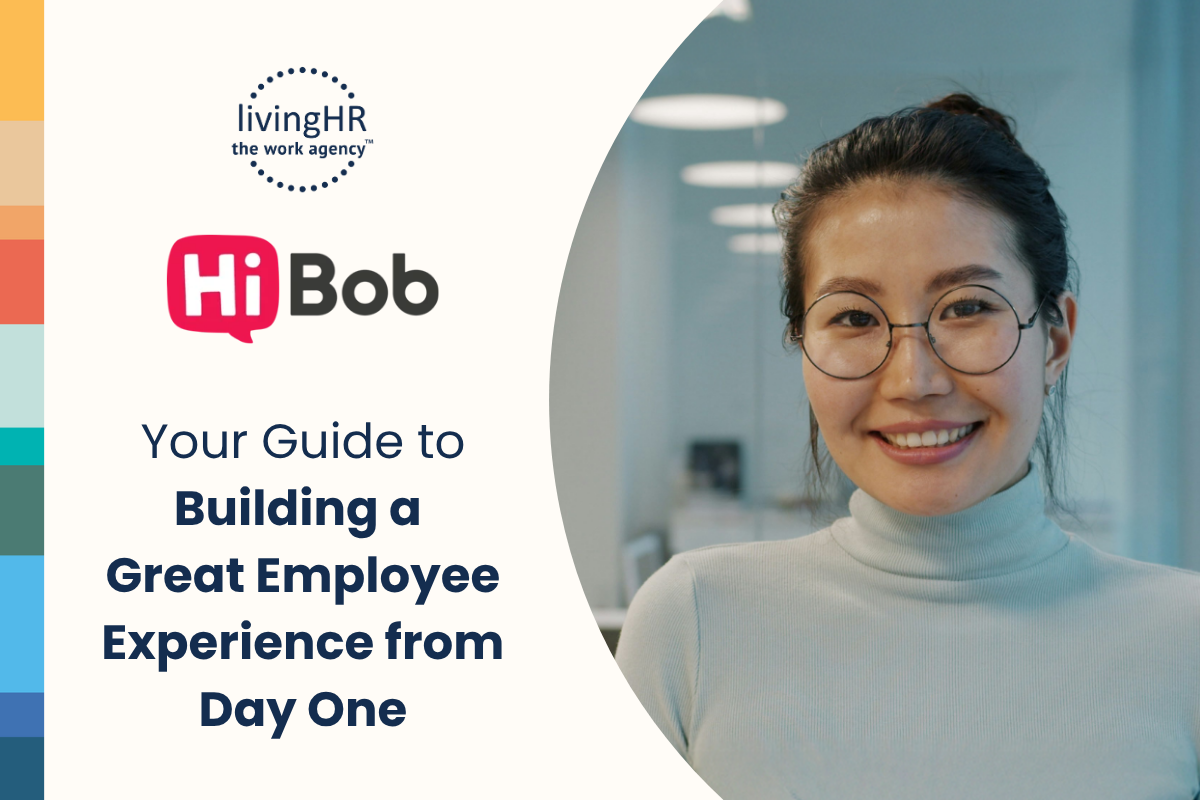Helping organizations include diversity and inclusion training in their talent management and development programs is what we do best. This article explores the benefits DEIB can bring to your organization.
What are the Benefits of DEIB in the Workplace?
People want to work for companies that value DEIB. Diversity can improve employee engagement and motivation. When employees feel like they belong to a diverse and inclusive workplace, they are more likely to be engaged and motivated.
There are several benefits to DEIB in the workplace. When there is a variety of perspectives represented in a group, it can lead to better decision-making, more creativity, and innovation. Diversity can also help a company attract and retain top talent.
Diversity Unwrapped
Humans are highly complex and often get placed into categories that don’t capture who they really are or the entirety of their experience. We’ve developed a model that explores the intricacies of diversity, digging deeper than the optics of race and gender.
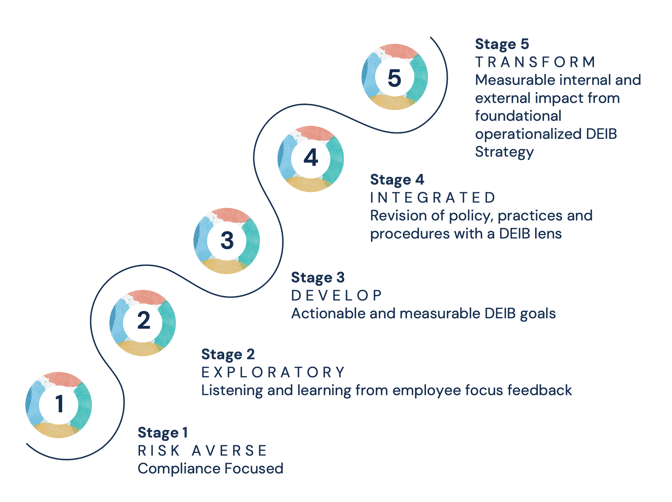
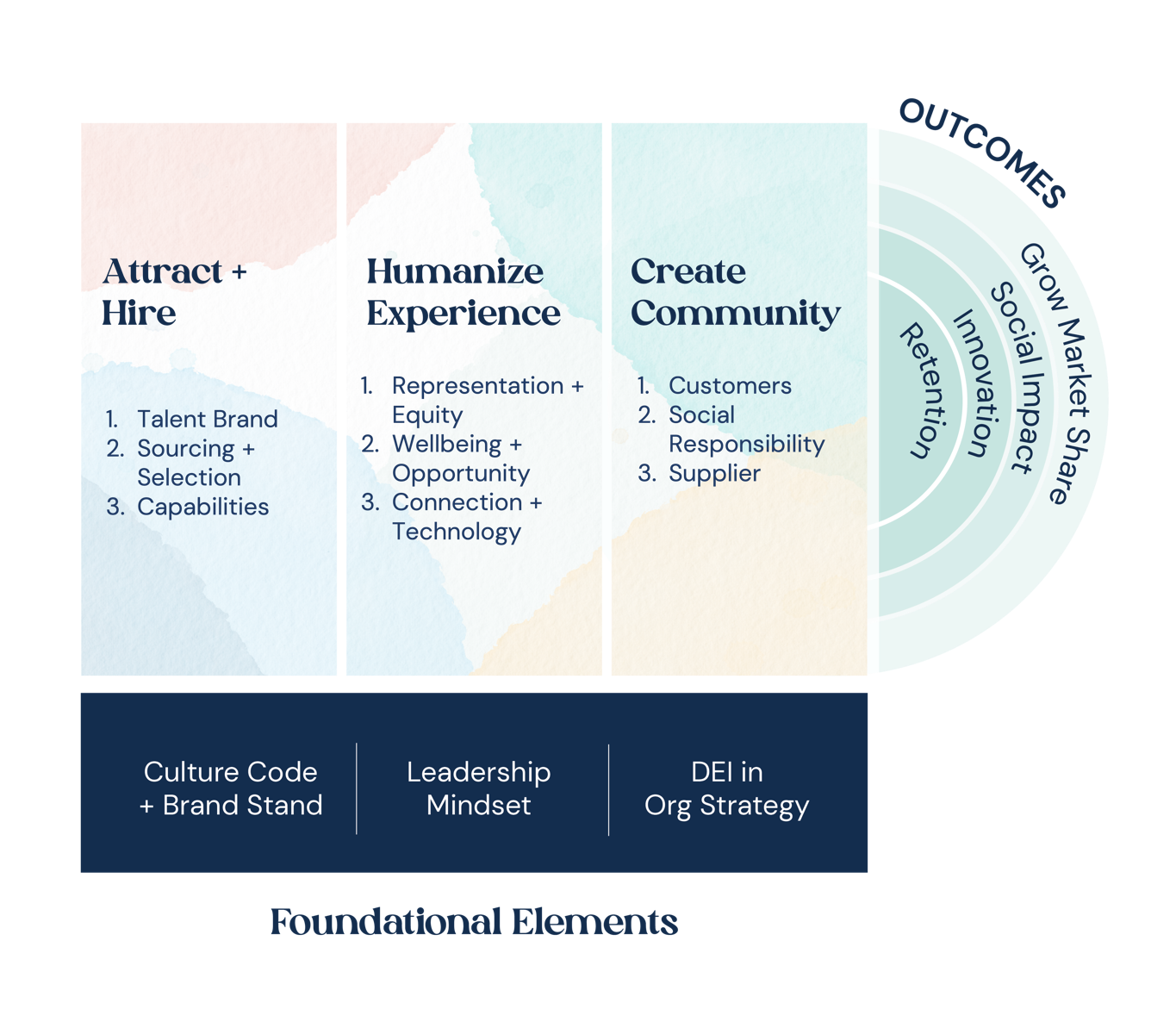 Equity Unwrapped
Equity Unwrapped
Equity in the workplace is all about making sure everyone gets a fair shot, no matter who they are or where they come from. Think of it like a sports team - every player is equipped with the resources they need to make full use of their talents so that they can help the team score big.
It's about creating a workplace culture where diversity is not only accepted but celebrated and where everyone feels respected, included, and supported. It's a win-win for everyone - happier employees lead to higher morale, productivity, and creativity. So, let's make sure that we create a workplace where everyone is on the same team, playing to win!
Inclusion Unwrapped
Inclusion refers to the culture in the workplace and how a mix of people can come to work and feel empowered and confident to be themselves. It also means allowing people to work the way they work best. Some need office culture and regular interaction with others to do their best work, and others require a work-from-wherever environment.
Inclusion means cultivating a culture that leaves employees feeling they belong, with empathetic leadership and a collaborative environment. It means investing in employees’ growth and education and providing them with career opportunities that align with their skills and expressed desires for movement.
Belonging Unwrapped
Belonging in the workplace is like being part of the coolest club ever! It's about feeling like you fit in, like you're a valuable member of the team, and like you're making a difference. When we feel like we belong, we're more likely to show up, give our best and stick around. A sense of belonging in the workplace makes people feel connected and invested in the company's goals and objectives; it fosters creativity and innovation.
When everyone feels like they belong, it's like a secret recipe for success, and it's not just good for the employees but for the company as well. So, let's all make sure we're creating an inclusive, supportive, and welcoming environment where everyone feels like they belong, and let's watch the magic happen!
Why Should Human Resource Departments Pay Attention to DEIB?
DEIB can foster connections between companies and their employees, allowing companies to access a broader cross of potential employees as they grow. This means bringing people together from different cultures and backgrounds, bringing ideas that drive innovation and growth. The more ideas from different perspectives, the better the solutions we can come up with to solve problems, which is the ultimate goal.
It’s critical to note that having a diverse workforce isn’t enough if people don’t feel inclusion or a sense of belonging and are uncomfortable voicing their ideas. Bringing different people together can undoubtedly be a challenge, but with the right culture, all differences can be addressed calmly and with the right intention. Leadership can play a significant role in setting the stage for a diverse group of employees to work well together and humanize the work experience.
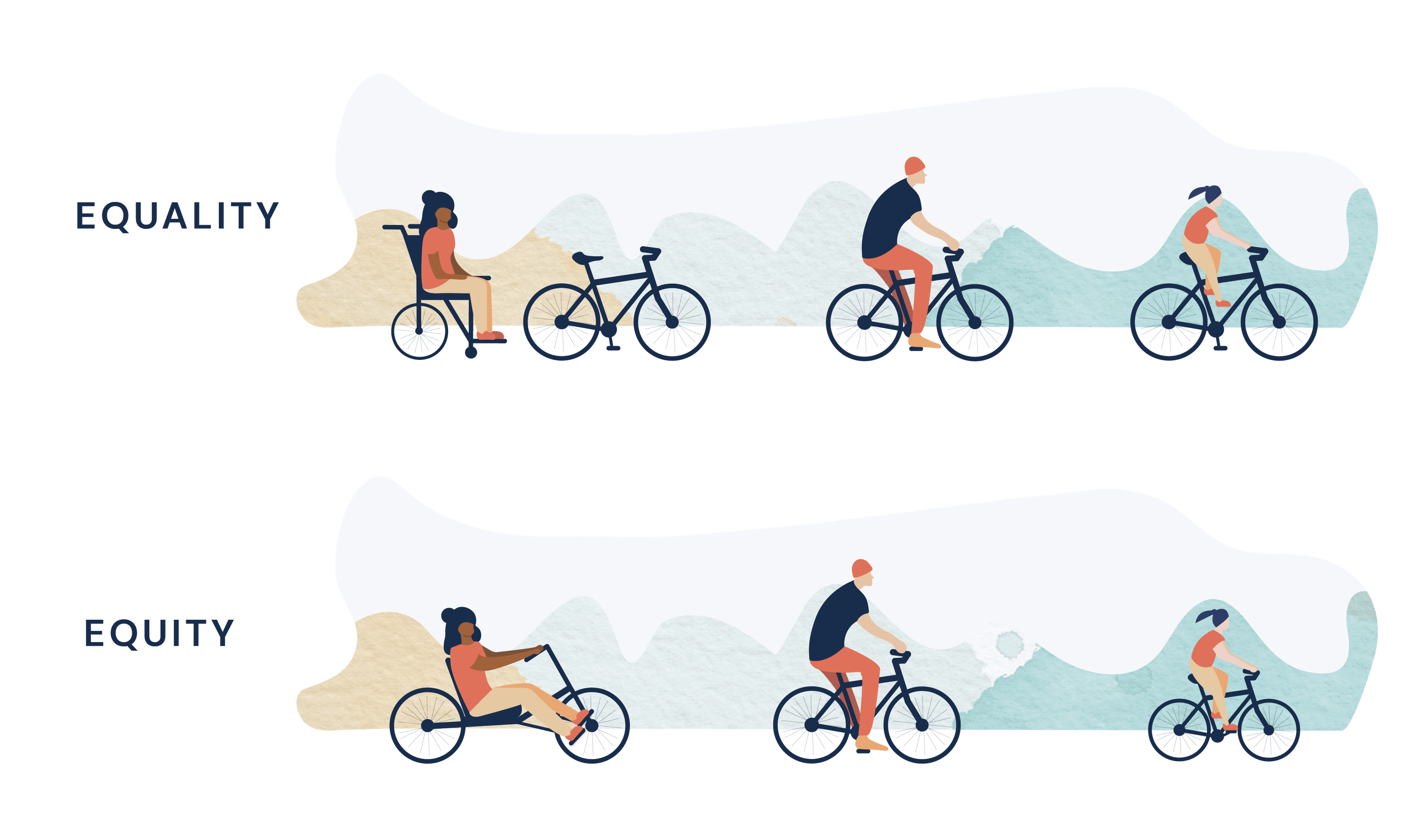
Practical Implications of DEIB
But what does that mean in practical terms? And what does it have to do with diversity and inclusion?
With diversity, we’re working with people from different walks of life. They may have different educational backgrounds, cultural backgrounds, disabilities, family circumstances… the list goes on. Inclusion means considering the complexity of humanity. We want everyone to feel safe and comfortable regardless of their circumstances.
So, while we may have workplace policies that, on paper, could be seen as equality policies, that doesn’t necessarily mean that we’re abiding by the principles of inclusion. We need to consider equity. That means incorporating policies that meet employees where they are to leverage their talent and goals on a personal, human basis.
Do you have an employee who used to be a star athletic coach and loves to lead teams? Put them in management positions! Do you have someone who is super shy and avoids client-facing meetings but they’re amazing at crunching numbers? Accounting or coding may be for them. What’s important is placing people in roles where they can excel.
Developing a DEIB Training Program for Your Organization
Developing a comprehensive DEIB training program will go a long way for employers and employees. As we have discussed, diversity brings ideas and innovation, and inclusion brings freedom and well-being. Combining the two leads to an increased humanistic understanding of the workforce and a humanized approach and experience for all involved.
Developing a DEIB training program should involve measuring a baseline for awareness and willingness to implement such a strategy. Gaining organizational buy-in before implementing any training will go a long way to achieving lasting results. Taking a pulse-check on existing cultural norms, ideas, and opportunities through an initial survey is a great starting point.
You’ll want to check in on the entire employee experience, including recruiting, hiring, onboarding, feedback, performance reviews, growth trajectories, and organizational growth or change. You’ll also want to gauge how equity exists in the organization to determine when, why, and what types of training individuals may need.

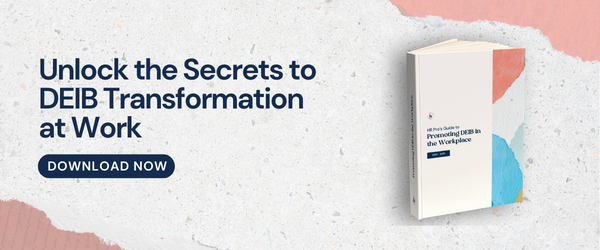
.png)

